"Spaces for cooking and dining in China have always attracted me, spaces redolent of daily life and densely occupied by both objects and people. For the “Floating Kitchen”, I have collected and brought these “objects” together and reassembled them in Venice. The space is free from the predominant hierarchy of architecture, furniture, objects and people" and provides an exciting place where objects and people interact directly to create the space.
And almost following the same idea in the second exhibition, a model, of the building LACMA, was suspended giving the feeling of floating in a curved screen between works of textile art of Christina Kim, taking as background music, 'Ocean Music' by Walter De Maria, written in 1968.
Rather than bring along artwork from LACMA to exhibit alongside the model, Zumthor and LACMA director Michael Govan selected artist Kim to create a textile artwork consisting of two curving rows of fabrics in a gradient of colors. The idea uses fabrics picked up in the reflection of the model’s continuous glazed wall, where they serve as an abstraction of how the collection of paintings and artworks will contrast with the museum’s dark gray concrete shell.
Kim has previously worked with both LACMA and architectural themes as a participant in "Wear LACMA," in which Los Angeles-based designers were tapped by the museum to create pieces inspired by LACMA’s permanent collection. Kim’s label Dosa created a 10-piece collection inspired by paintings of Simon Rodia’s Watts Towers.
The Arsenale exhibit also contains a small set of site plans and architectural drawings of Zumthor’s design, as well as a bamboo garden.













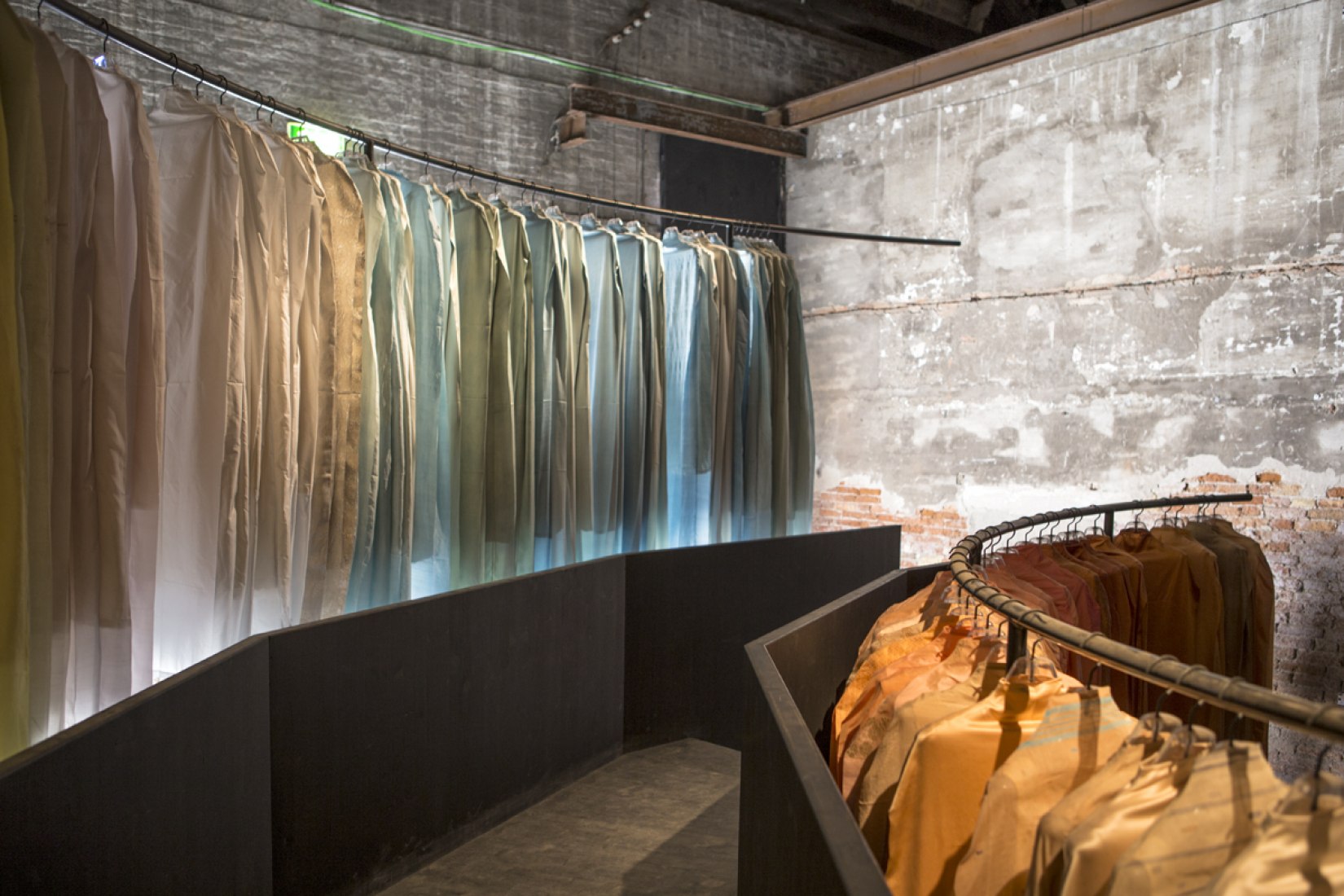
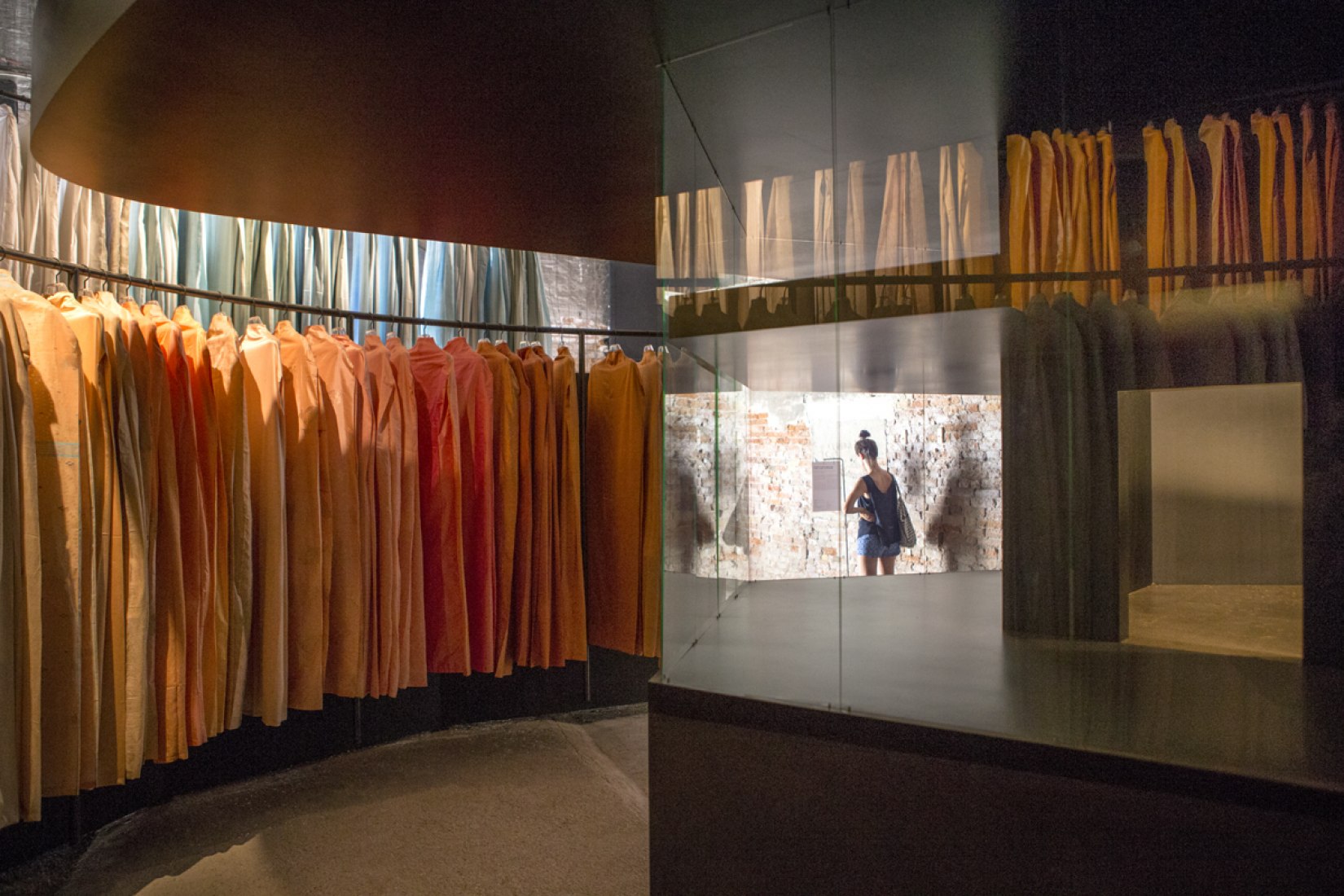
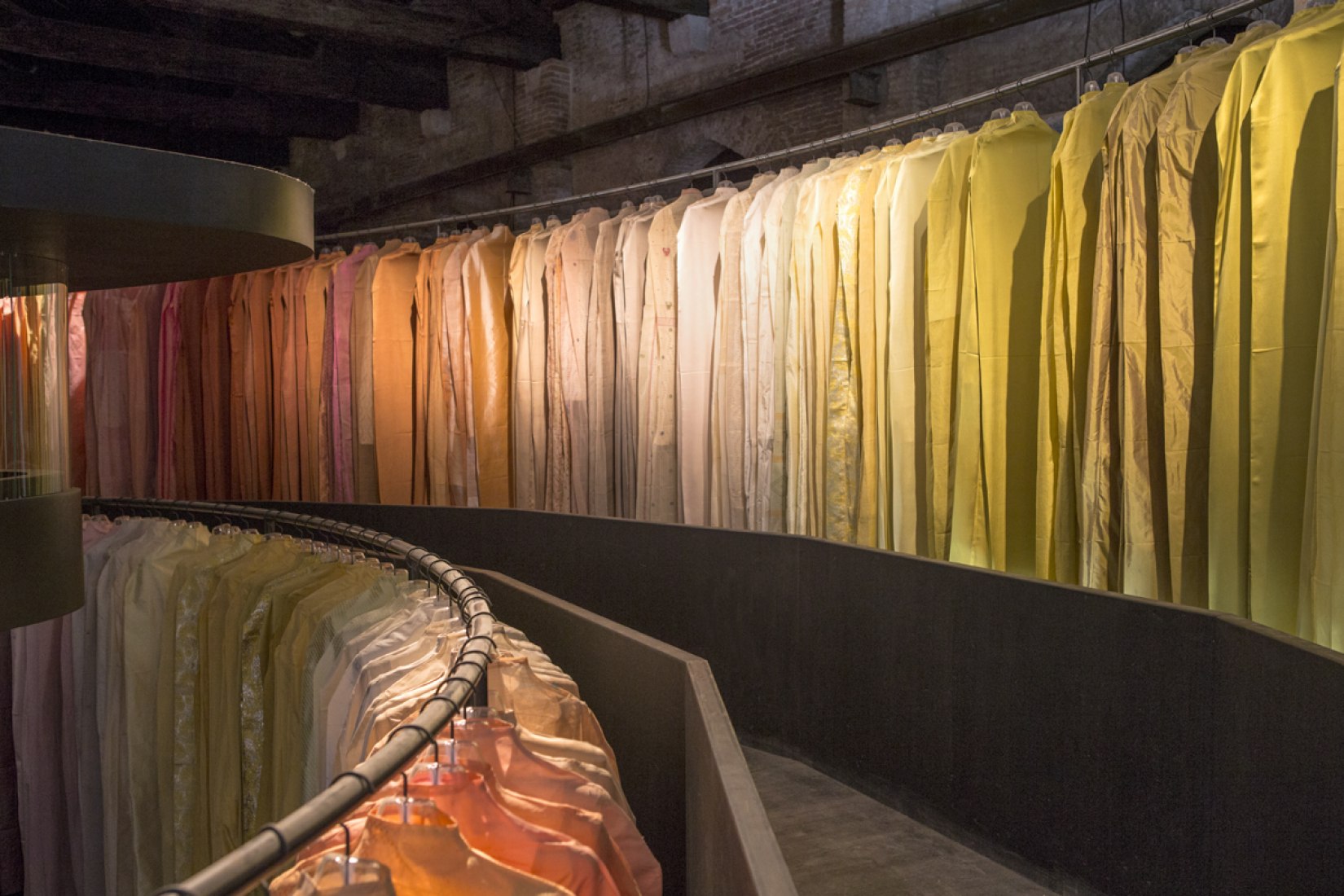
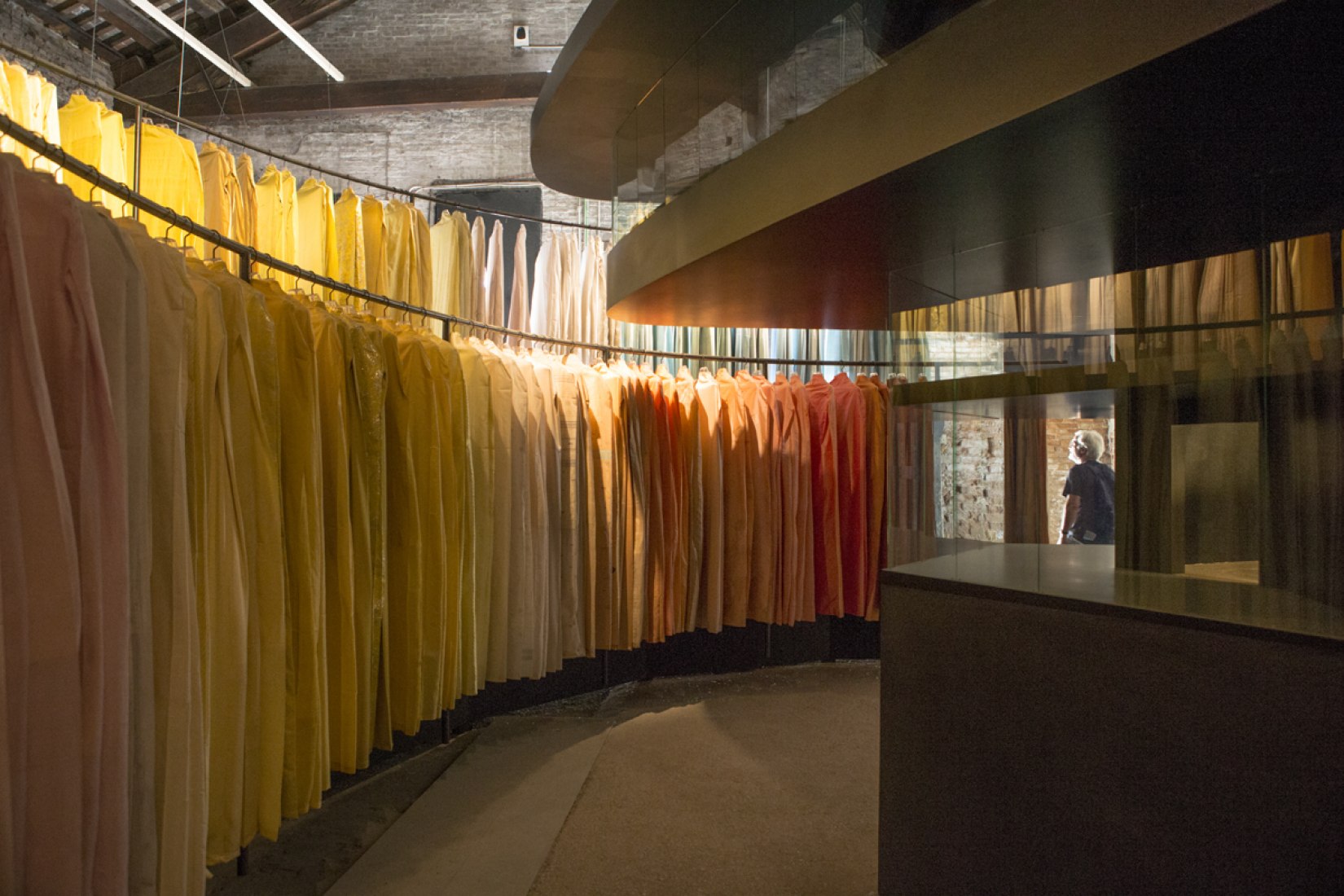
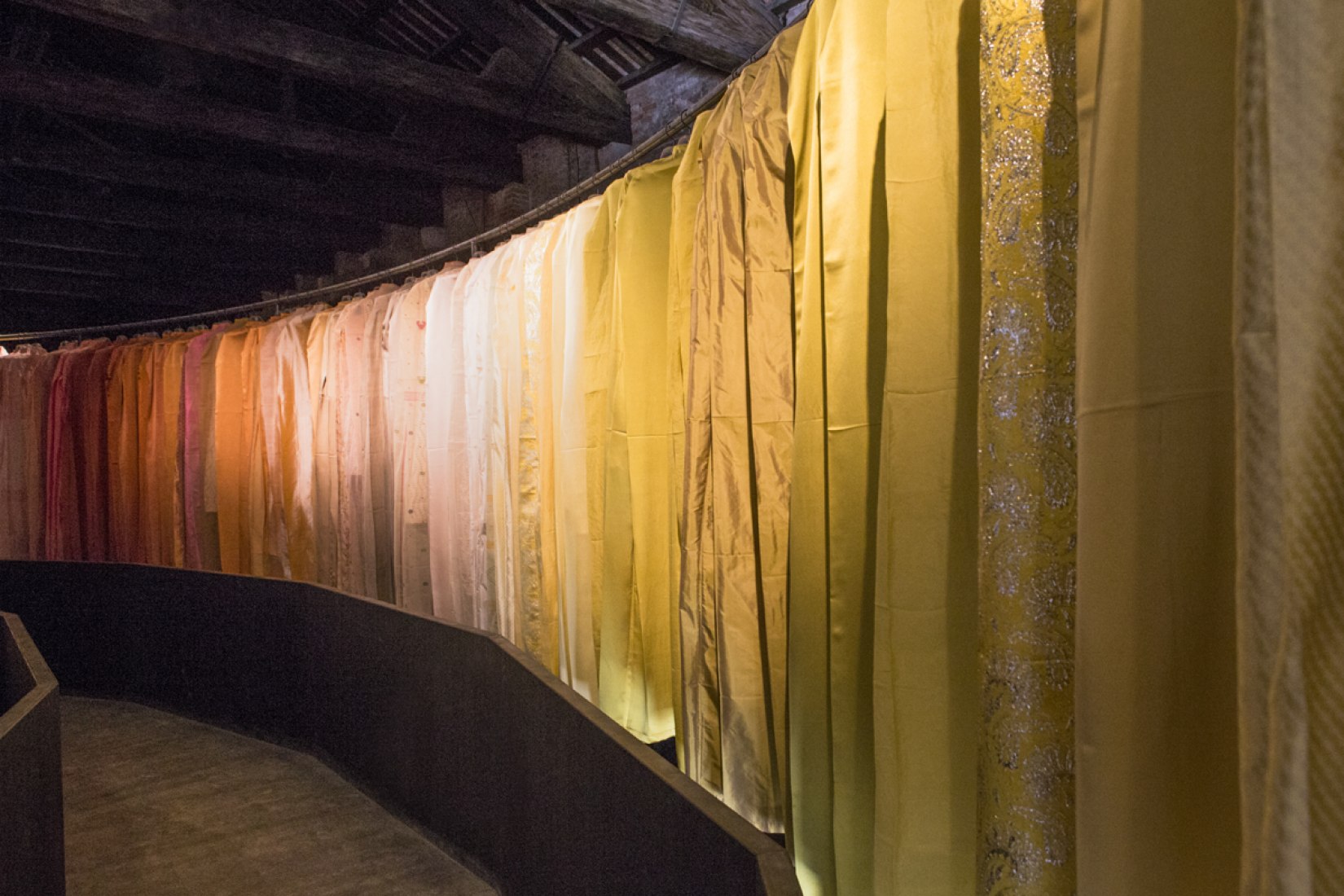
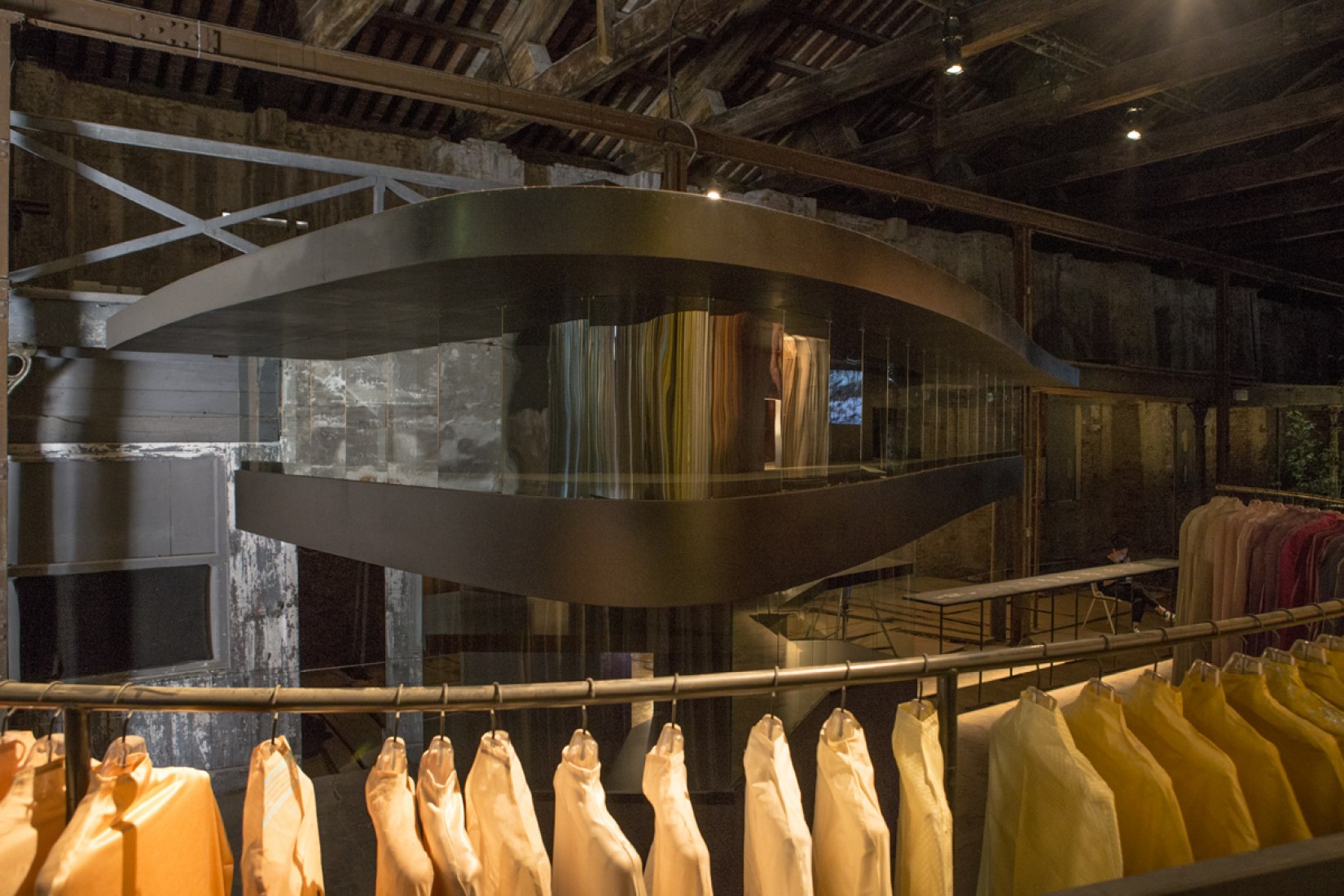
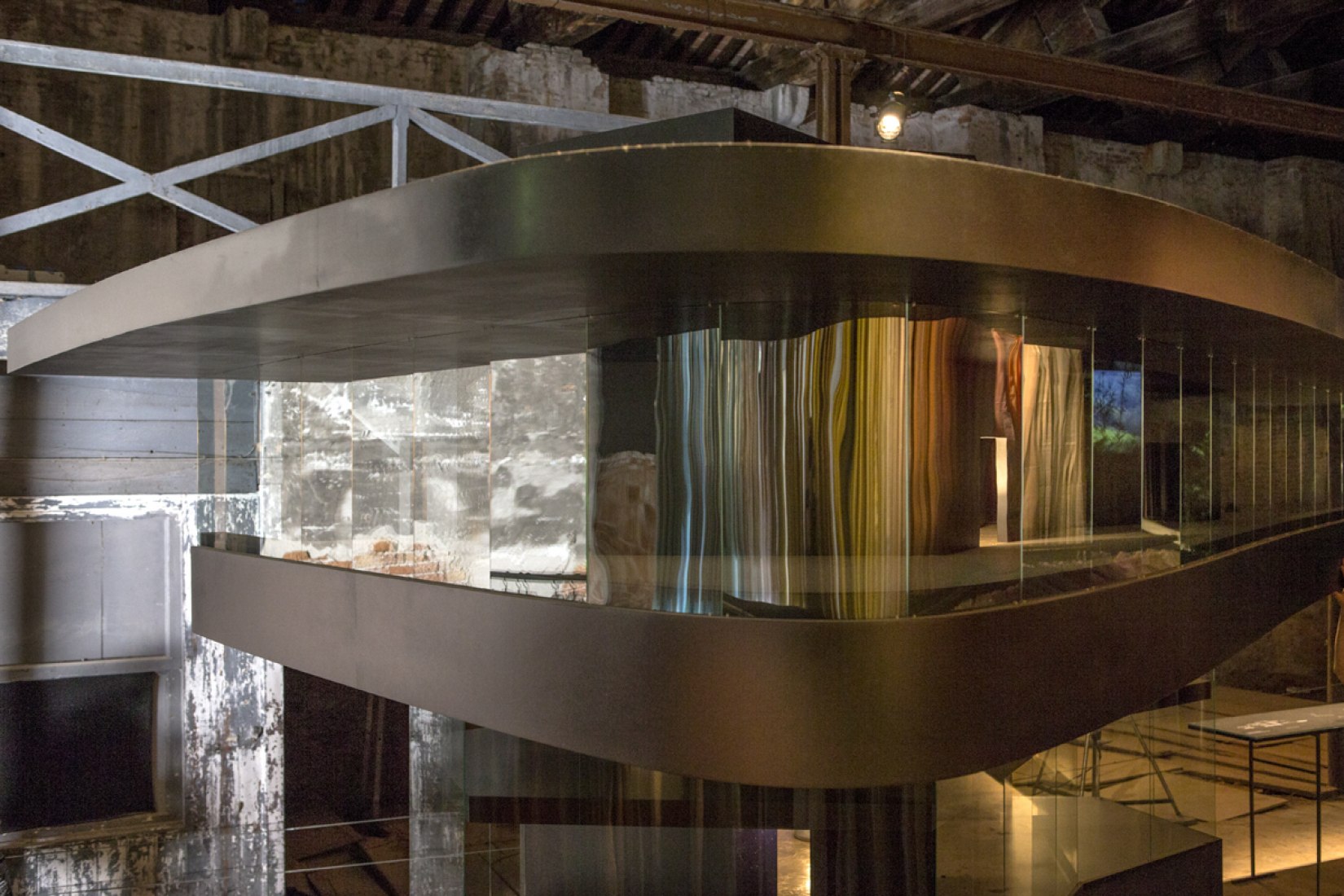

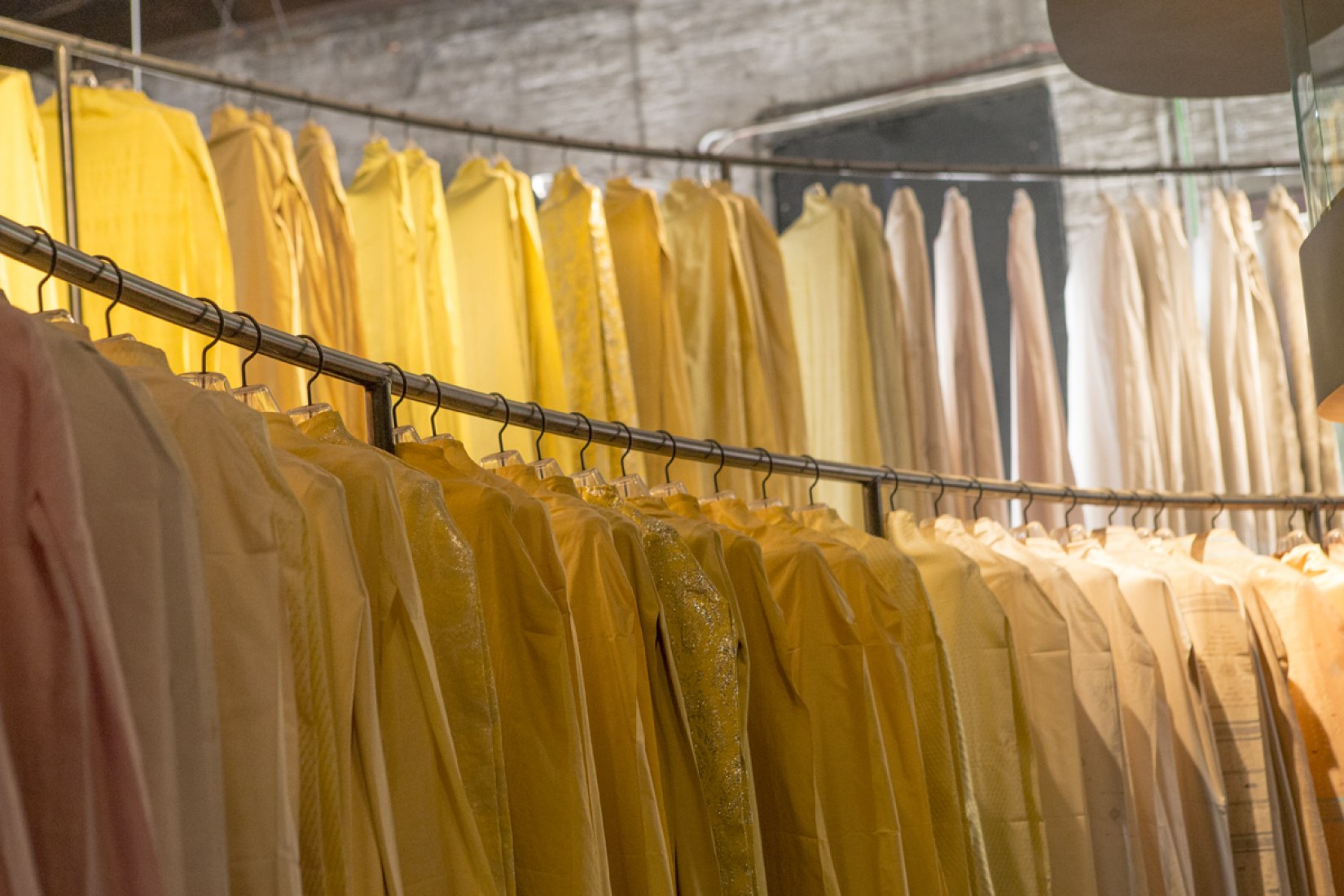
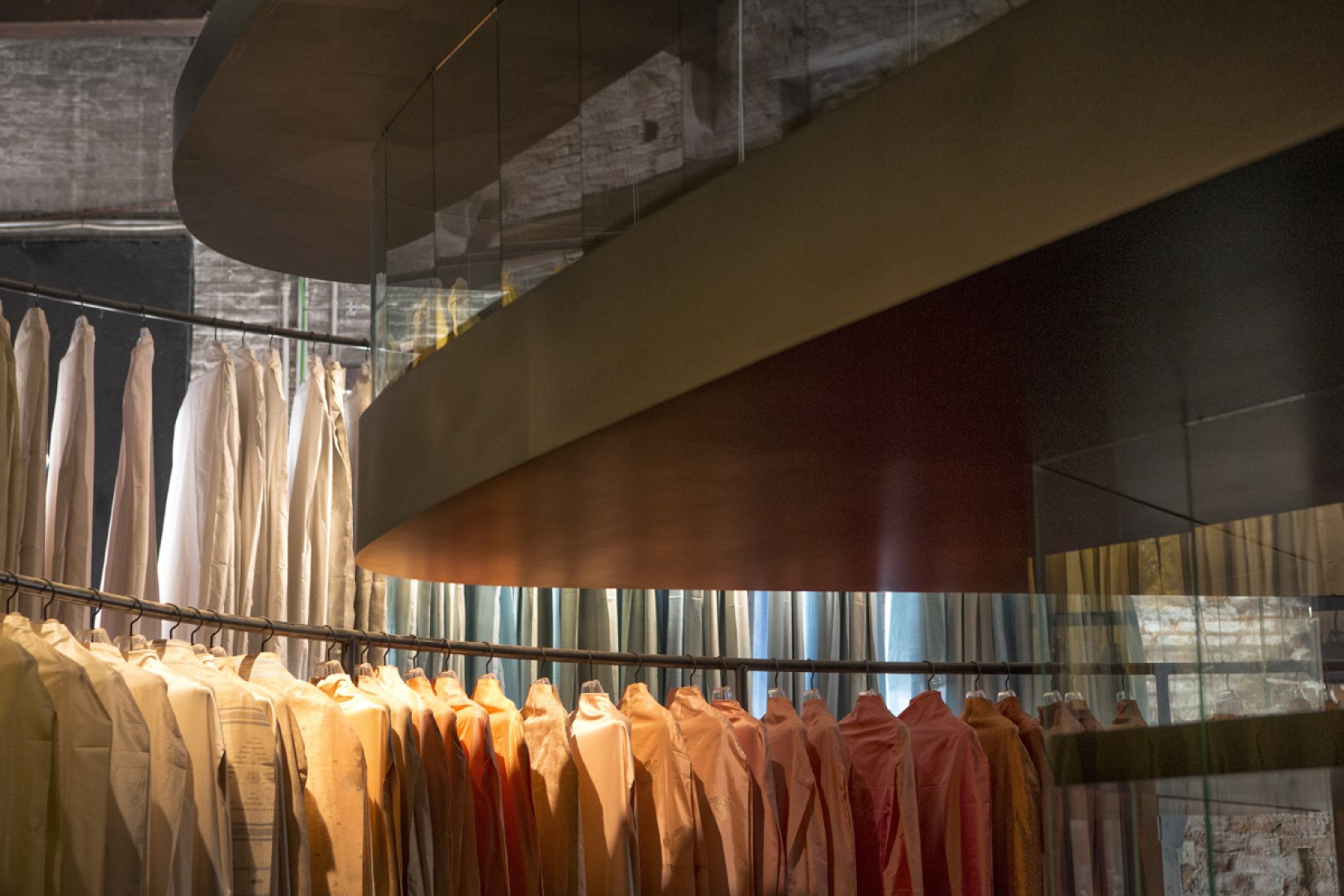






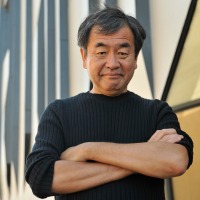












![[Fig. 1] Peter Zumthor photographed in his house. © Dominik Gigler [Fig. 1] Peter Zumthor photographed in his house. © Dominik Gigler](/sites/default/files/styles/mopis_home_news_category_slider_desktop/public/lead-images/metalocus_peter-zumthor-parte1_01_p_0.jpg?h=8493223e&itok=723vDens)
![[Fig. 1] Haldenstein; view from the atelier on the left on the image and of Zumthor ́s current dwelling on the right. Photograph © Walter Mair [Fig. 1] Haldenstein; view from the atelier on the left on the image and of Zumthor ́s current dwelling on the right. Photograph © Walter Mair](/sites/default/files/styles/mopis_home_news_category_slider_desktop/public/lead-images/metalocus_peter-zumthor-parte2_01_p_0.jpg?h=51a24dbd&itok=jjun8aaL)



